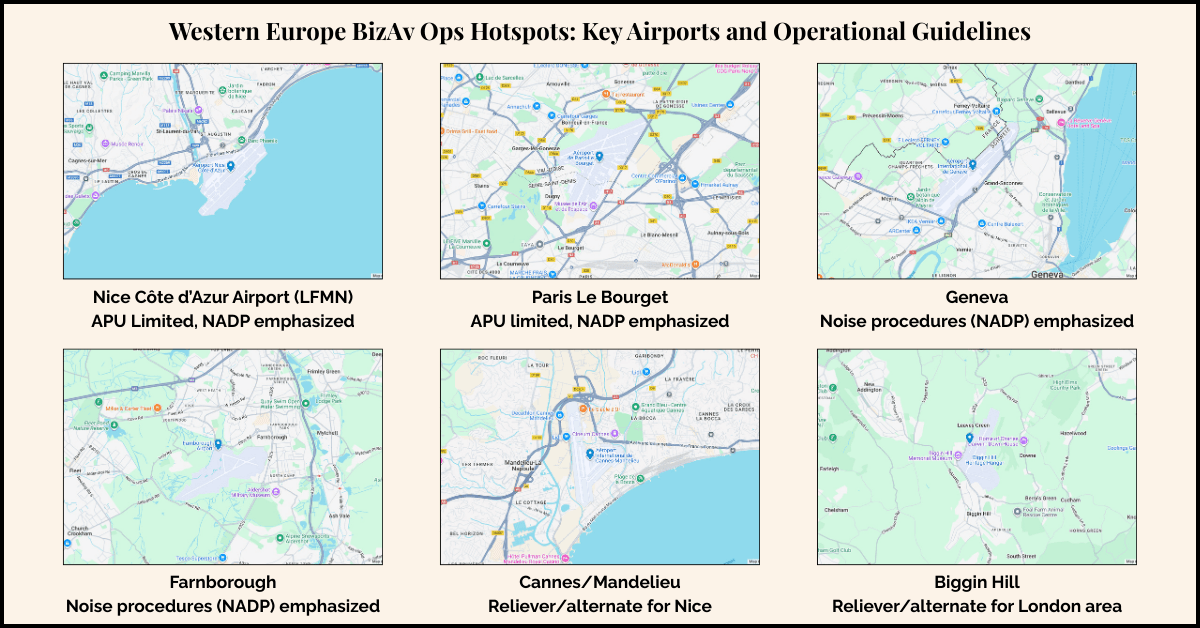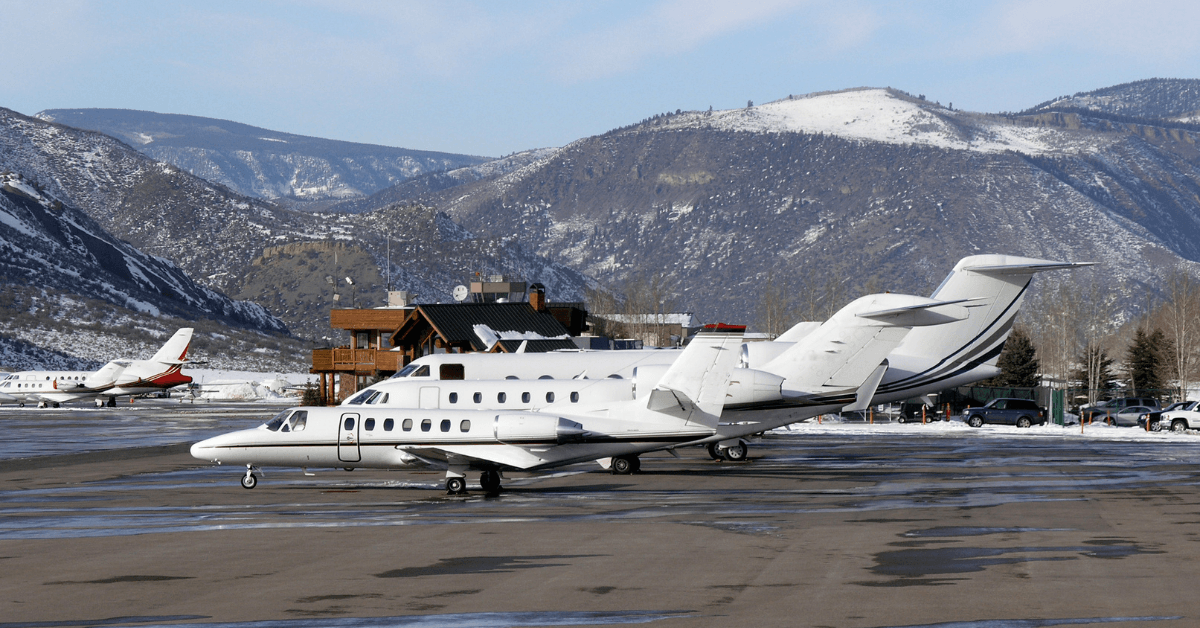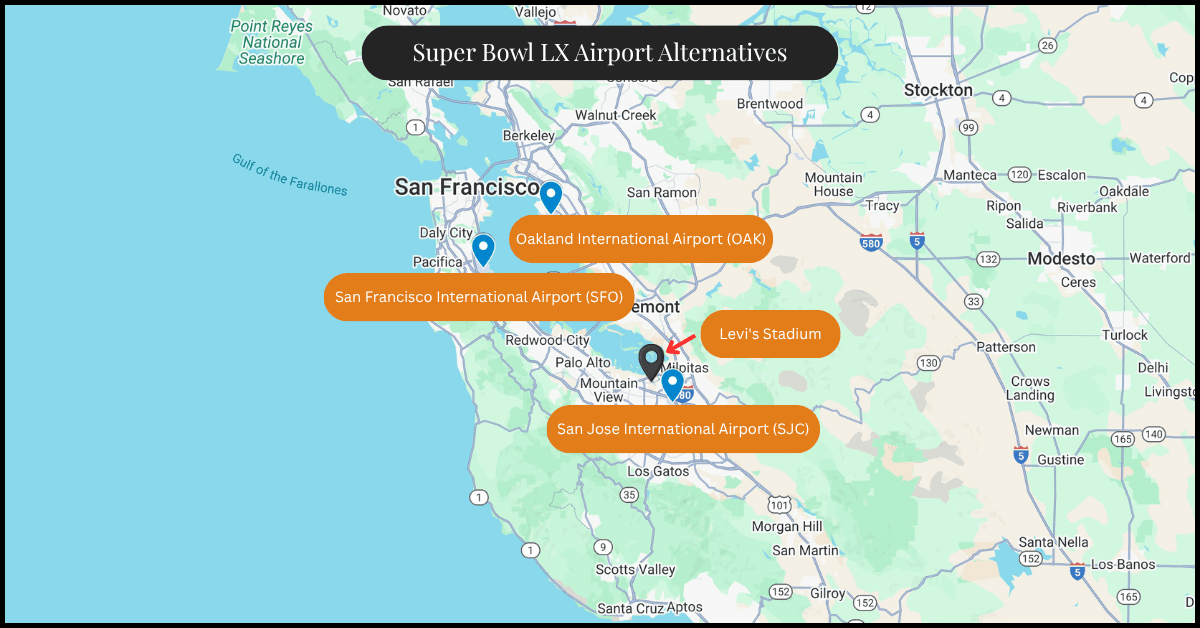For some U.S. private jets pilots, it might feel like déja vu flying into Europe. Same airplane, similar general airspace structure, and the same dedication to safety. However, such assumptions can easily translate into expensive mistakes. Under the surface of European flight operations is a complex network of regulations, limitations, and local sensitivities that are quite different from U.S. standards.
Four of the most common sources of trouble are noise abatement procedures, auxiliary power unit (APU) use, Safety Assessment of Foreign Aircraft (SAFA) inspections, and FAA medical and type-rating issues. Each can jeopardize the legal and operational integrity of your flight, especially under the look of European inspectors.
Noise abatement
In the U.S., noise reduction procedures are usually advisory. In Europe, they’re mandatory. Airports throughout the continent adhere to procedures that fall under EASA CAT.OP.MPA.130, which calls for operators to develop and document NADP 1 or NADP 2 procedures for their aircraft type.
At bigger airports like Geneva, Nice, and Farnborough, failure to operate NADP or to brief it properly can lead to regulatory action. These profiles must be included in the operations manual, and crews can expect to fly them unless instructed otherwise by ATC. Noise complaints from residents are treated seriously, and enforcement is strict, particularly at airports where environmental caps are in force.
APU use and ground power
Whereas in the U.S. APU usage is more a function of discretion and fuel planning, in Europe it is strictly controlled, particularly at busy business airports. Locations such as Nice (LFMN) and Paris Le Bourget (LFPB) have strict limitations on APU operating time, with fines for non-compliance.
Examples of local restrictions:
- Nice (LFMN): APU only permitted 10 minutes before startup, following push or tow.
- Le Bourget (LFPB): APU use restricted to 10 minutes before departure, if GPU is available. Fines issued for overuse.
Ground power units (GPU) are a possible substitute but need to be prearranged. Not every handler provides suitable or dependable GPU for all aircraft types. Crews need to verify prior to engine start or shutdown whether GPU is available, and whether it matches voltage and load specifications for their systems.
You might also be interested in: Nice helicopter charter guide: Parking and alternative airports
SAFA inspections
Unlike sporadic FAA ramp checks in the U.S., SAFA inspections are frequent and detailed. Conducted under EASA’s Ramp Inspection Programme, the inspections target all third-country aircraft operating into or within the EU. Inspectors have the authority to delay departures or prevent continuation of flight until the discrepancies are rectified.
Top discrepancies identified in SAFA inspections are:
- Inadequate fuel records or flight planning
- Charts not available onboard
- TCAS version 7.0 (non-compliant – TCAS 7.1v has been required since 2015)
- Incorrect equipment codes in ICAO flight plan (e.g., lack of PBN or RNP capability)
- Cabin safety items in poor condition or missing
Pilots are advised to carry a full documentation package: MMEL, valid ICAO flight plans, proof of fuel calculations, SID/STAR routes to alternates, cabin equipment checklists, and proof of regulatory compliance (e.g. RVSM, RNP, CPDLC). Our Trip Support team can assist with all the documentation.
FAA Medicals and Type Ratings
One of the murkier issues for U.S. pilots involves licensing and medical compliance. Commercial pilots must hold a valid Class 1 medical by ICAO Annex 1. While the second-class medical that the FAA issues meet minimum ICAO standards, European inspectors will not accept it on ramp checks, especially if the pilot is over 40 and the certificate is more than six months old.
The safest option is to fly with a current FAA first-class medical certificate. This removes ambiguity during a SAFA inspection or charter validation check.
For type ratings, pilots need to make sure they hold the appropriate FAA type rating, or, for SIC, an SIC endorsement with recorded recurrent training. Unofficial SIC experience, although acceptable in the United States under 14 CFR 61.55, may not meet the satisfaction of European inspectors. In addition, FAA and EASA do not enjoy automatic license conversion. The FAA type rating needs to be specifically noted on the certificate for the aircraft being flown.
For details on licensing scope, see the U.S.–EU Safety Agreement here:
FAA–EASA TIP-L Document (PDF)
Should a U.S. crew be found flying without a valid medical or current type rating, particularly on Part 135 charter, it can result in on-the-spot grounding, fines, or even reportable findings to FAA authorities in the United States.
Final thoughts
Private jet flights into Europe come with increased scrutiny, tighter environmental controls, and more thorough documentation inspection. The answer for U.S. pilots is to plan ahead to avoid entanglements. This means following NADPs to the letter, meeting airport APU restrictions, building a solid SAFA-ready documentation package, and ensuring medical and licensing requirements meet both FAA and EASA criteria.
Know the local regulations, get ahead of documentation needs, and do not assume that FAA compliance necessarily means European compliance. With proper planning and the guidance of an experienced Trip Support team, your European arrival will be smooth, professional, and uninterrupted.
FAQs
1. Do I have to prepare for noise abatement departure procedures at all European airports?
Yes. In contrast to the U.S., European airports tend to demand rigorous adherence to NADP 1 or NADP 2 as required under EASA regulations. Non-compliance can result in noise complaints and regulatory citations.
2. Can I operate my APU whenever I wish at European airports as I do in the U.S.?
No. APU operation is highly restricted at many EU airports. Crews must enquire about local time limitations and schedule GPU use in advance. Non-compliance can result in fines, especially during business-heavy airports like Nice or Le Bourget.
3. How often are SAFA inspections conducted?
They’re unpredictable but frequent, especially for U.S.-registered private jets. If you operate into Europe more than occasionally, you should always be prepared with full documentation and compliant aircraft systems.
4. Will a second-class FAA medical be sufficient for flights into Europe?
It may technically satisfy ICAO standards, but most European inspectors will only accept a valid FAA first-class medical, especially if the pilot is over 40 or the certificate is older than six months.5. Is my FAA type rating valid in Europe without additional paperwork?
Yes, for U.S.-registered aircraft. But it must be clearly stated on your FAA certificate. EASA and FAA type ratings are not interchangeable, and SICs require formal FAA documentation to avoid issues during ramp inspections.




